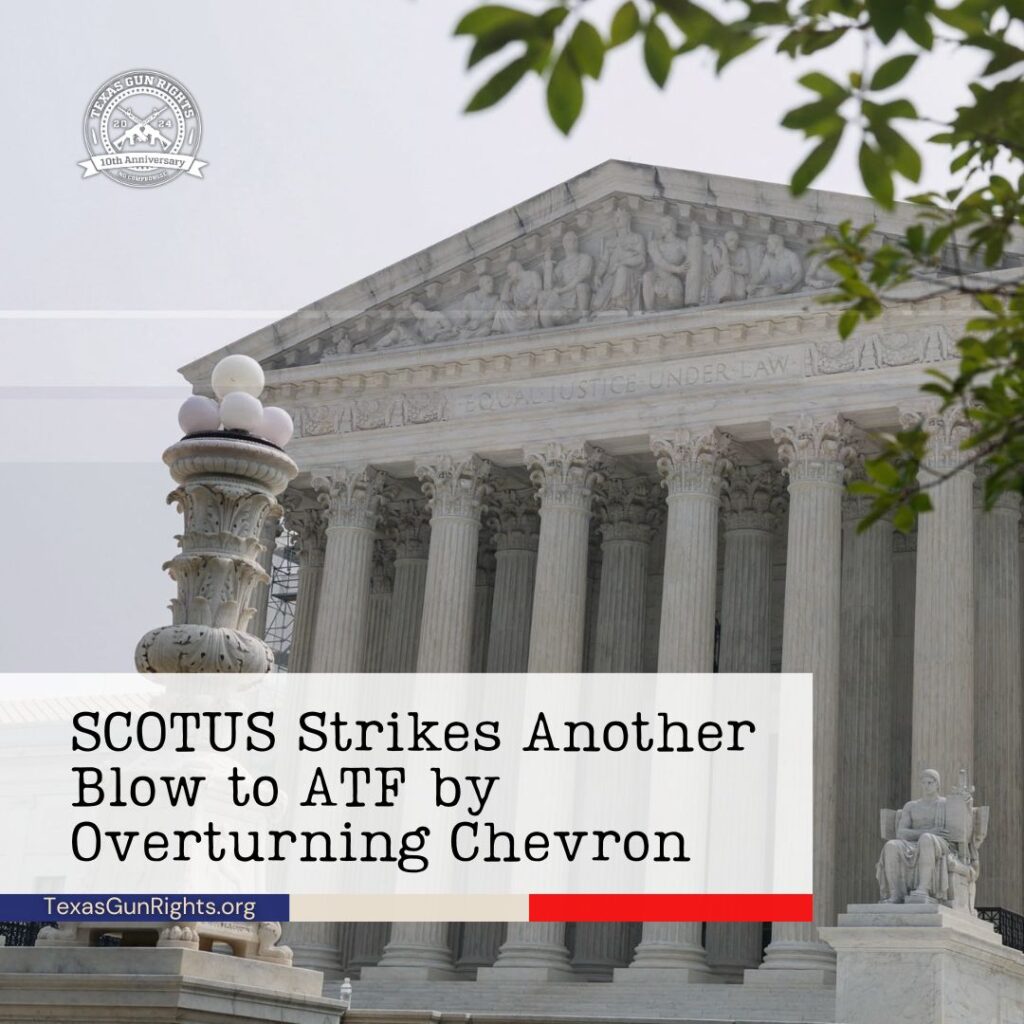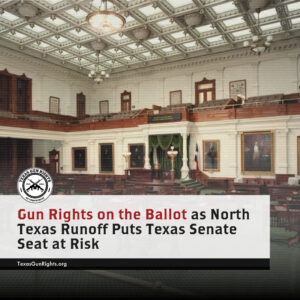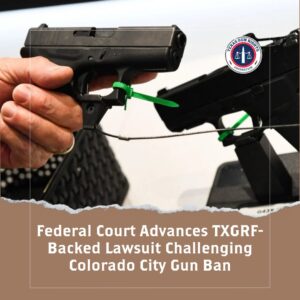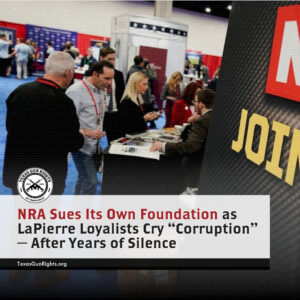June 29, 2024
In a landmark decision on Friday, the Supreme Court overturned the long-standing Chevron deference doctrine, dealing a significant blow to federal agencies like the Bureau of Alcohol, Tobacco, Firearms and Explosives (ATF) that have relied on it to create regulatory gun control measures.
This decision, following closely on the heels of the Court’s ruling against the ATF’s bump stock ban, marks a pivotal moment for Second Amendment advocates and sets a new precedent for the judicial oversight of federal agencies.
The Chevron deference, established by the 1984 case Chevron U.S.A., Inc. v. Natural Resources Defense Council, Inc., mandated that courts defer to agency interpretations of ambiguous statutes as long as those interpretations were “reasonable.”
This doctrine has often been criticized for giving federal agencies too much power to interpret and enforce laws without sufficient judicial oversight.
In the majority opinion for the case Loper Bright Enterprises v. Raimondo, Chief Justice John Roberts emphasized that it is the judiciary’s role to interpret laws independently, without yielding to agency interpretations.
“The Administrative Procedure Act requires courts to exercise their independent judgment in deciding whether an agency has acted within its statutory authority,” Roberts wrote. “Courts may not defer to an agency’s interpretation of the law simply because a statute is ambiguous; Chevron is overruled.”
This decision arrives just two weeks after the Supreme Court overturned the ATF’s bump stock ban, another significant victory for gun rights advocates. In that case, Justice Clarence Thomas authored the majority opinion, unequivocally rejecting the ATF’s assertion that bump stocks convert semi automatic firearms into machine guns.
“Semiautomatic firearms, which require shooters to re engage the trigger for every shot, are not machineguns,” Thomas wrote. “This case asks whether a bump stock—an accessory for a semi-automatic rifle that allows the shooter to rapidly reengage the trigger (and therefore achieve a high rate of fire)—converts the rifle into a ‘machinegun.’ We hold that it does not.”
The overturning of Chevron and the rejection of the bump stock ban signify a robust reaffirmation of judicial authority over administrative interpretations of the law, particularly those affecting constitutional rights.
These rulings underscore the Court’s commitment to safeguarding individual liberties against expansive regulatory overreach.
Chris McNutt, president of Texas Gun Rights, praised the ruling, stating, “This is a monumental victory for Second Amendment advocates. The Supreme Court has sent a clear message that regulatory agencies cannot bypass the Constitution to impose their anti-gun agenda. This ruling is a critical step in protecting our rights from bureaucratic overreach.”
The implications of this ruling could significantly impact Texas Gun Rights’ ongoing lawsuit against the ATF’s forced reset trigger (FRT) ban, which classified FRTs as machine guns.
The Supreme Court’s stance against Chevron deference strengthens the argument that the ATF has overstepped its authority in reclassifying these firearm components.
For Second Amendment supporters, Friday’s ruling is a monumental step in curtailing the power of federal agencies to unilaterally impose restrictive gun control measures.
The decision sends a clear message that the interpretation and application of the law must rest with the judiciary, not unelected bureaucrats.







